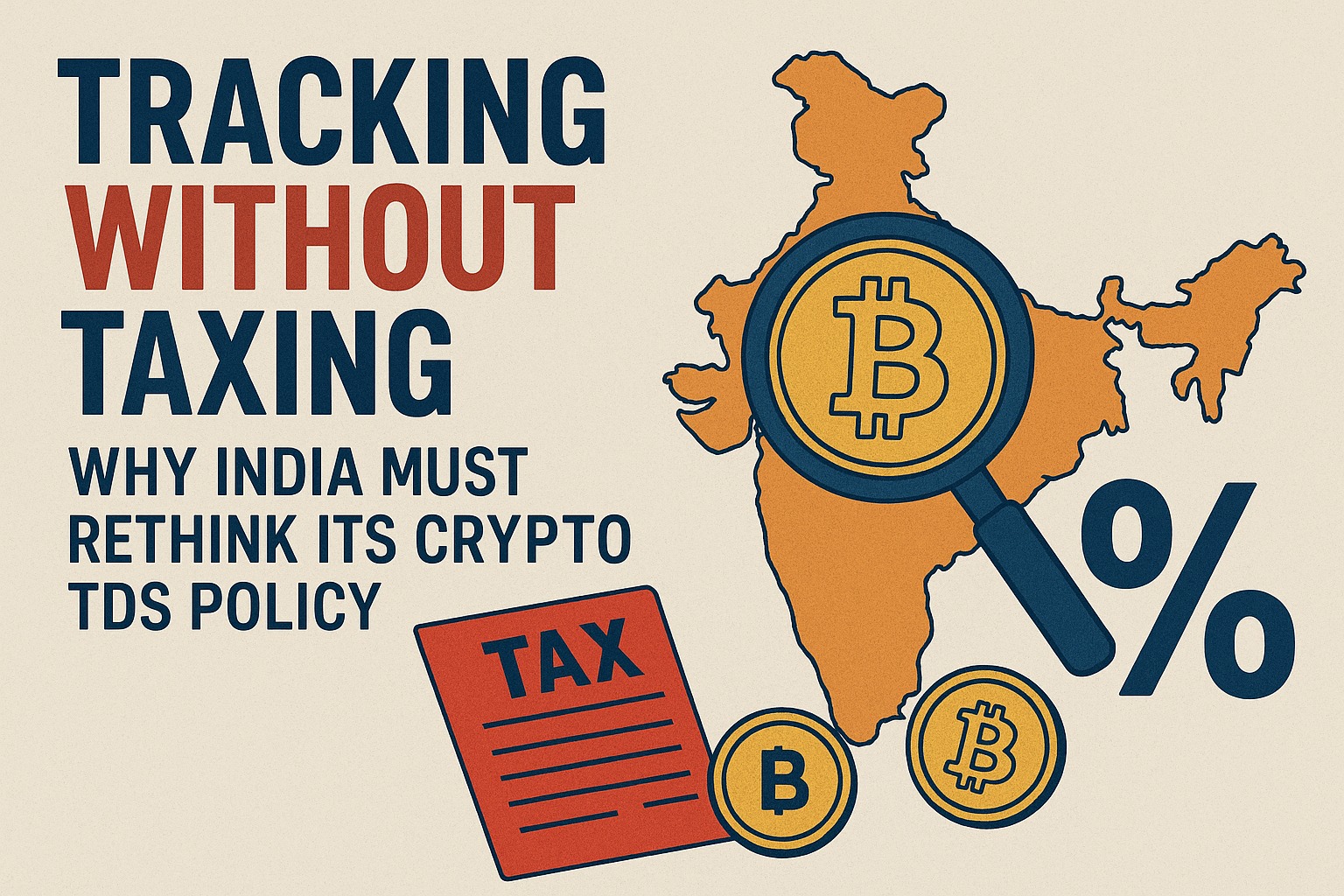With CARF and PMLA already enabling oversight, the 1% TDS is now redundant and restrictive.
New Delhi: India’s decision in 2022 to levy a 1% TDS on crypto trades was intended to tame the fast-growing market and enhance transactional transparency. The measure aimed not only to dissuade individuals from participating in crypto transactions, but also to give the government the ability to track all crypto transactions in India. Additionally, anyone who made either a profit or a loss from crypto transactions were subject to flat 30% capital gains tax with no option to set off or carry forward any loss. With these measures, government intended to disincentivize participation in the crypto-asset market more to protect consumers from the risks associated with it at that time.
However, as multiple studies have now shown, what these tax rates mainly did is they pushed domestic users to offshore exchanges. A recent study by Chainalysis reported that India has the highest adoption rate of crypto-assets in the world. The first objective i.e., discouraging crypto trading through strict tax policies, clearly failed, as users continued to trade in crypto-assets, only migrating away from domestic platforms. To make matters worse, the second objective i.e., tracking transactions through the 1% TDS, was also unsuccessful. Most offshore exchanges argued that, since they did not have a taxable presence in India, they were not obligated to collect TDS or report transactions. Consequently, India’s tax regime has not been able to achieve either of its intended outcomes.
In 2023, crypto-asset service providers were brought under the jurisdiction of the Prevention of Money Laundering Act (PMLA). According to this framework, all virtual asset service providers (VASPs), including cryptocurrency exchanges, were designated as reporting businesses that must register with the Financial Intelligence Unit (FIU) of the Ministry of Finance. These VASPs are now mandated to comply with activity-based obligations such as reporting suspicious transactions, maintaining records, and establishing comprehensive anti-money laundering programmes. By extending PMLA coverage to crypto-assets while maintaining the 1% TDS, Indian policymakers were attempting to pursue the same objective (tracking crypto transactions) through two overlapping policy instruments.
It has recently been reported that India will implement the Organisation for Economic Co-operation and Development (OECD)’s Crypto-Asset Reporting Framework (CARF) to increase its oversight of offshore crypto-assets and discourage tax avoidance. As part of this effort, the framework classifies VASPs as reporting entities in the various domestic jurisdictions, required to collect and report relevant information to tax authorities, who will share this information with the respective tax authorities of the other jurisdictions, under CARF membership. Exchanging this information with countries will allow for crypto-asset holdings and transactions to be monitored at a global level, and reduce tax avoidance.
If the goal is to track crypto transactions, policy progress has clearly shifted towards more effective instruments such as the PMLA and CARF. Compared to these, the 1% TDS is both redundant and counterproductive. It has driven Indian users to offshore, often unregulated exchanges, many of which operate beyond the reach of domestic law. It is, therefore, time to reconsider the TDS framework. A lower rate equivalent to securities transaction tax could still help preserve tax revenues while reducing capital flight to foreign platforms. At the same time, the combined implementation of PMLA and CARF provisions would decouple transaction tracking from tax collection, enabling VASPs to operate more efficiently without the fear of losing business.




